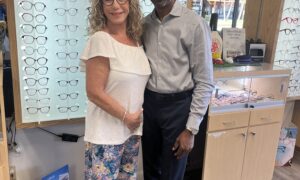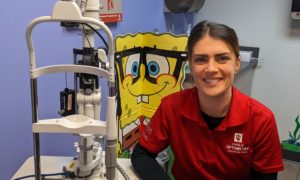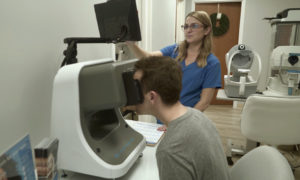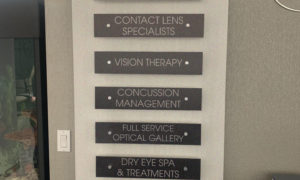New This Week
How to Make Effective Use of an Optometric Meeting
 D. Penn Moody, OD, of Moody Eyes in Indianapolis, presents strategies to maximize the value of attending an optometric meeting. Plan a meeting like a patient visit: Diagnose your practice problems, address the most pressing problems first, then use your meeting notes as a treatment plan to make improvements. >>READ MORE >>
D. Penn Moody, OD, of Moody Eyes in Indianapolis, presents strategies to maximize the value of attending an optometric meeting. Plan a meeting like a patient visit: Diagnose your practice problems, address the most pressing problems first, then use your meeting notes as a treatment plan to make improvements. >>READ MORE >>
Staff Management
Ramp Up Staff Education by Inviting Reps to Staff Meetings
By Rachael Click, OD
 Access a powerful–and free–staff education resource: Invite frame and lens reps to present product information and sales trends at staff meetings. >>READ MORE>>
Access a powerful–and free–staff education resource: Invite frame and lens reps to present product information and sales trends at staff meetings. >>READ MORE>>
Doctor-Patient Relations
Manage Angry Patients: Avoid Lawsuits
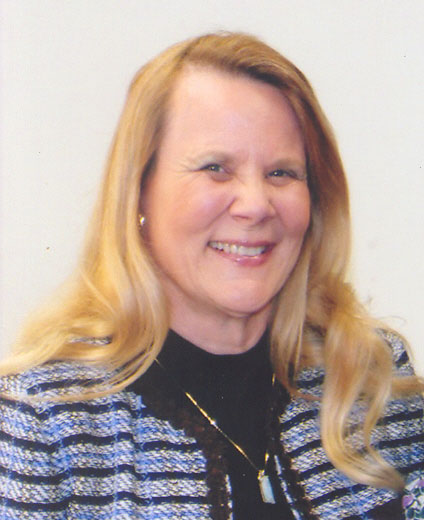 By Pamela Miller, OD, FAAO, JD
By Pamela Miller, OD, FAAO, JD
Angry patients sometimes initiate lawsuits. Lessen risk to your practice by responding appropriately when problems arise.
>>READ MORE>>
Coding and Billing
Coding and Billing Key: Quality Record Keeping
By Charles B. Brownlow, OD
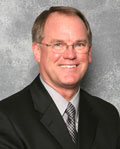 Consistent, quality record keeping streamlines your billing and coding process–and improves revenue flow. Here are practical steps to improve your process. >>READ MORE>>
Consistent, quality record keeping streamlines your billing and coding process–and improves revenue flow. Here are practical steps to improve your process. >>READ MORE>>
Make Specialty Contact Lenses a Profit-Maker with the Right Manufacturer
By Richard W. Baker, OD, FAAO
Specialty contact lenses for conditions such as kerataconus represents an opportunity to serve patients and to expand your practice. Contact lens patients comprise about 23 percent of my patient base, meaning one out of every four patients is in contact lenses. Of that 23 percent, about 10 percent are in specialty contact lenses. I typically see at least six of these patients every week. 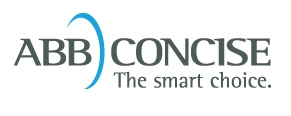
Keeping these patients satisfied is easier thanks to my partnership with contact lens manufacturer ABB CONCISE. I know I can rely on them to deliver specialty contact lenses such as ABB CONCISE Definitive custom soft silicone hydrogel and the KeraSoft IC that will keep patients comfortable and avoid dropouts. Another advantage of this partnership is that they not only provide superior products but do so in a timely fashion so patients never have to wait long for their specialty contact lenses to be delivered. >>READ MORE>>
ROB Fast Fact
How Much Do Consumers Spend on Over-the-Counter Reading Glasses?
It seems that many presbyopes are hesitant to spend much for the ability to read, according to The Vision Council VisionWatch 2012 OTC Reader Sales report. The average retail price paid by consumers ages 35 to 44 for over-the-counter readers was $17.84. For those consumers ages 45 to 54, the average price paid for OTC readers was $16.64, and for those 55 and older, the average price paid was $16.06.
Click HERE to read more from Review of Optometric Business professional editors Carole Burns, OD, FCOVD, and Mark Wright, OD, FCOVD, on educating presbyopic patients about progressive eyewear and multifocal contact lenses.
In Brief
Lions Eye Institute Raises $125,000 to Help Blind and Visually Impaired
 Hundreds of people gathered to help raise approximately $125,000 during the 2012 Eye Ball Gala, which was hosted by The Lions Eye Institute for Transplant & Research and took place on October 6 at T. Pepin’s Hospitality Centre in Tampa. LEITR raised awareness for the more than 285 million blind and visually impaired people throughout the world and brings the organization one step closer to unlocking the cure for blindness. >>READ MORE>>
Hundreds of people gathered to help raise approximately $125,000 during the 2012 Eye Ball Gala, which was hosted by The Lions Eye Institute for Transplant & Research and took place on October 6 at T. Pepin’s Hospitality Centre in Tampa. LEITR raised awareness for the more than 285 million blind and visually impaired people throughout the world and brings the organization one step closer to unlocking the cure for blindness. >>READ MORE>>
New Free Podcast: Safe Wear and Care of Contact Lenses
On the new edition of the web radio and blog series Healthy Vision with Dr. Val Jones, Jason Pingel, OD, and Christi Closson, OD, join Dr. Val to talk about how to get the full benefit of contact lens wear and reduce the chances of developing problems that could have an effect on your vision and the health of your eyes. >>READ MORE>>
ROB Poll Results
Readers Satisfied with Employees but Improvement Still Needed
Asked how satisfied they are with their employees, 70 percent of ROB readers say they are satisfied with their staff, but notice that at least a couple of them have areas of needed improvement. Twenty-five percent say their staff is “adequate but far from superior,” and that they are trying to decide what to do to help them improve. Five percent say they “couldn’t ask for a better staff,” agreeing with the statement that their employees are “high-achieving self-starters whom patients love.”








